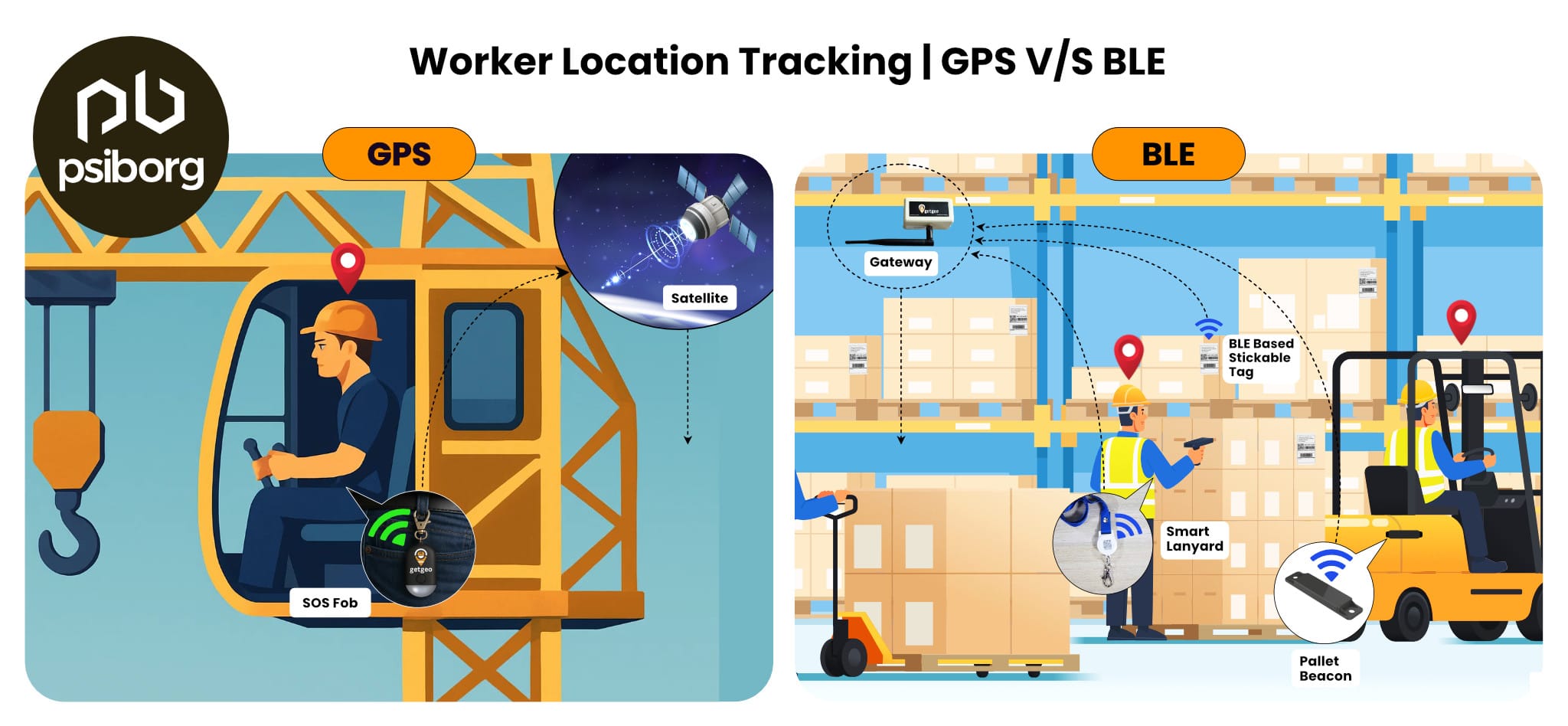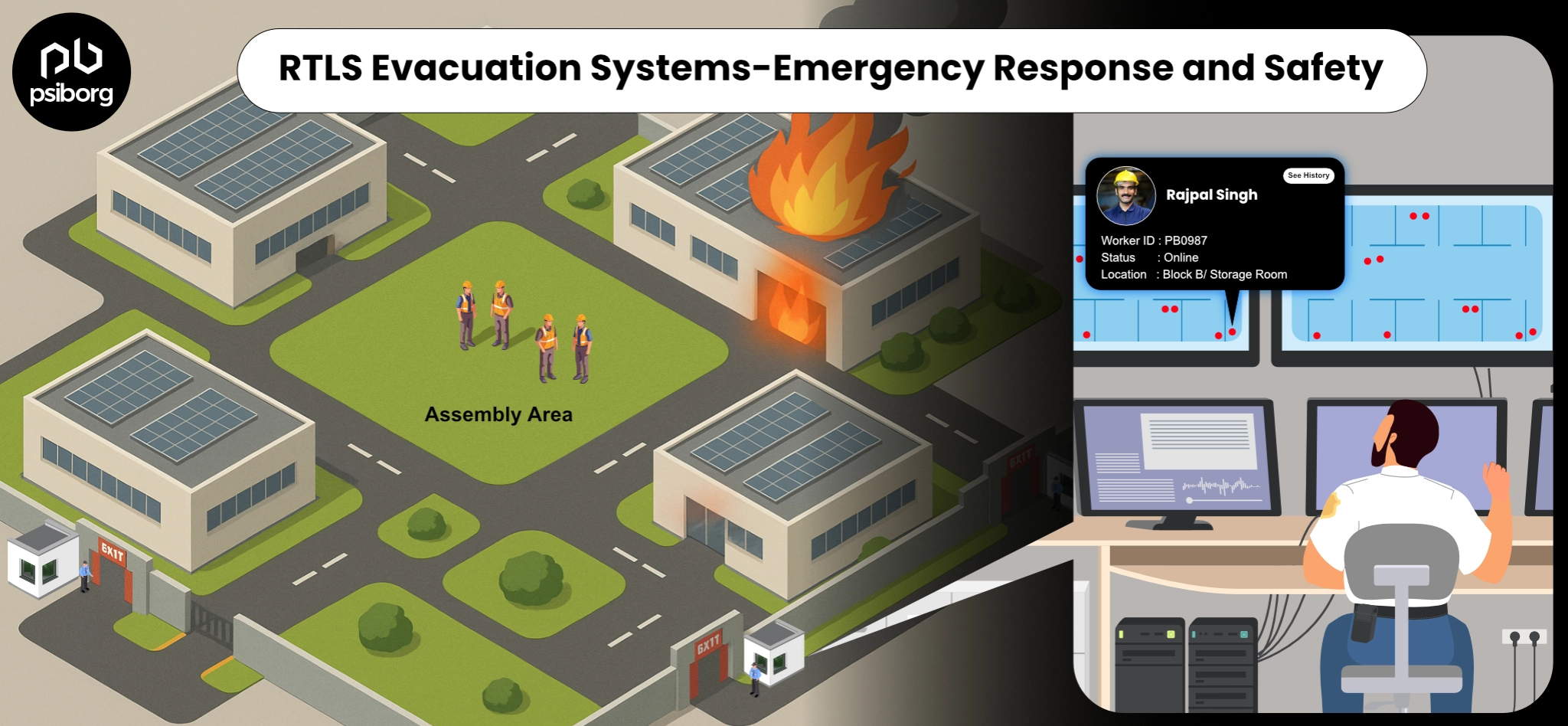
CLOUD INTEGRATION
Bringing more than one cloud environment together so that they can work as a single unit is the simplest definition of cloud integration. Multiple cloud environments can be deployed together in two ways, i.e. hybrid or multi-cloud. In other words, cloud integration is the process of combining different cloud environments into a complete integral infrastructure.
The purpose of cloud integration is to collect, combine and deploy disparate cloud-based elements and non-cloud-based systems together. This gives the admin access to all the systems, services, information, and application without any hassle. With the help of cloud integration, a user can access data from anywhere around the globe and on any device with an internet connection. Cloud integration has unlimited advantages, and it offers scalability to expand the services in the future.
HYBRID CLOUD INTEGRATION
A hybrid cloud is an infrastructure that includes ease of work, automation, and management of two or more cloud environments. It is basically the integration of shared, private and public cloud environments together. Generally, the public cloud works outside the infrastructure, and the private works inside the infrastructure. Sometimes, the situation becomes more critical when the public cloud applications run on the client-side and the companies providing applications build their own private cloud environment. In such a situation, the need for a hybrid cloud infrastructure occurs. It allows the working of both private and public cloud environments to quickly move in between. It provides the organization with flexibility of work and ease in data deployment.
CLOUD V/S HYBRID CLOUD INTEGRATION
If cloud integration is the initial level, then hybrid cloud integration is the advanced version of cloud integration. It’s like cloud integration had travelled a long path to becoming more feasible in the form of hybrid cloud integration. Let’s learn more about the differences to understand the advancement of cloud environments.
CLOUD INTEGRATION
- Cloud integration is basically used in an environment where computing needs to be predicted, and strong security is required.
- High scalability can be achieved for the unpredictable work pressure. However, this can be achieved separately for separate deployment patterns, i.e. public, and private.
- The cost is very efficient as the integration is based on the deployment environment.
- The public cloud integration is open to all users, which means they can access all data. However, private cloud integration comes with limitations because of security reasons.
- Cloud integration can be used in small organizations with one service or government organizations where outside intruding is prohibited.
- The integration is less complicated in cloud integration.
- Cloud integration can be adopted by organizations where security is not a big concern.
HYBRID CLOUD INTEGRATION
- Hybrid cloud integration is required in organizations with multiple service branches such as the IT department, performance requirements, regulatory services, etc.
- The high scalability and flexibility of handling workload can be easily achieved for private and public cloud integration together.
- The cost is high comparatively as it contains the integration of all the deployment environments.
- The hybrid cloud integration is secure and safe for the public as well as private cloud integration as the security is a concern as a whole for a complete system.
- Hybrid integration is useful for big multinational organizations with multiple departments where data security is a necessity, but accessibility inside the organization is also required.
- The complexity of hybrid integration is high.
- The organizational security is improved with hybrid cloud integration
Also Read: HOW ARE CLOUD INTEGRATION AND HYBRID CLOUD INTEGRATION DIFFERENT?
CONCLUSION
Cloud Integration and Hybrid cloud Integration offer services as per the organization’s needs. It is difficult to decide whether to choose cloud integration or hybrid cloud integration. However, it depends on the organization and level of organization that which integration fulfils their needs. A small organization may go for public cloud integration, but a big organization may consider hybrid cloud integration as the best. Whereas, a government organization that has several departments may still consider private cloud integration as data access is bounded within the department and security is the most profound concern.





